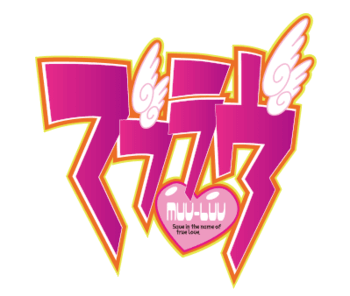From support firepower to transport, armored vehicles provide valuable backup in rough terrain. While some utilize the hardy tank chassis as their base design, others use wheels for a faster mode of travel.
American Vehicles[]
M2 Bradley[]

- The M2 is the primary IFV of the US Army, providing quick transportation and fire support to infantry in combat situations.
(TDA03) IJA infantrymen boarding an American M2 Bradley.
Japanese Vehicles[]
Type-87 SPAAG[]

(FD) IJA/MDF Type-87.
- Armed with a 35mm rapid-fire cannon system, the Type-87 is designed to be a cheap counter to smaller BETA strains. While it excels in its high rate of firepower output, it is woefully outmatched in direct combat, where it is easily overwhelmed by sheer numbers.
Type-87 Armored Reconnaissance Vehicle[]
- An 8-wheeled armored vehicle, with a cannon weapon mounted on a main turret.
Komatsu LAV[]
- A lightweight, 4-wheeled armored vehicle with the capability to mount a selection of armaments on the top of the vehicle.
Flamethrower Tank[]
- A tank chassis outfitted with a flamethrower system, commonly used to dispose of BETA corpses after a battle. Direct combat situations are not recommended for this vehicle.
Soviet Vehicles[]
BMP-1[]
- An IFV used by both the Soviets and the East Germans, the amphibious BMP-1 has a crew of 3; the driver, the gunner, and the commander. The vehicle, with an armament of a 73mm main cannon, a 7.62mm machinegun, and a missile launcher, can carry up to 8 passengers, who can provide additional firepower from inside the BMP due to the vehicle's firing ports, allowing them to fire on targets. However, exoskeleton-armed infantry cannot enter because of the vehicle's small size.
ZSU-23-4[]
- Also known as the Shilka, first adopted in 1962 by the Soviet army mainly to provide air defence for frontline ground troops with secondary role of direct ground support it quickly found itself after 1973 with the Invasion of Kashgar and humanity's loss on the moon only in the ground support role; it's quad 23mm autocannons with a rate of fire reaching 1000 per barrel and high ammuniton supply of total 2000 rounds gives the ZSU-23-4 a formidable firepower, allowing it to defeat smaller BETA strains more effectivly then other conventional ground vehicles in the Soviet armed forces.
2S6 Tunguska[]
- Designed to replace the ZSU-23-4 Shilka, the 2S6 Tunguska boast an different chassis and various upgraded and different systems. The main big difference between the Tunguska and Shilka in the ground support role is that the 2S6 Tunguska uses 2 dual 30mm autocannons instead of 23mm autocannons, giving it higher destructive firepower due to larger rounds which have more kinetic energy. Firing at a rate of 1200 rounds per barrel with a total ammuntion supply of 1904 rounds the 2S6 Tunguska easily beat the ZSU-23-4 Shilka in raw combat performance but at the cost of weighting 34 tons, 14 tons more then the shilka.
- Several of these vehicles are stationed at Kamchatka as ranged support for the Soviet forces holding the Far East defence line.
European Vehicles[]
Armored Personnel Carrier[]

(MLA) A VBL (front) and APC (back) in motion - the VBL is equipped for recon.
- An armored fighting vehicle designed in Switzerland, the APC in use by UN forces carries both light ahd heavy machineguns to combat smaller strains of BETA, as well as ferry infantry into the heat of combat. However, its small size prevents it from transporting troops outfitted with combat exoskeletons.
VBL[]
- Also known as the Véhicule Blindé Léger (meaning "Light Armored Vehicle"), this lightweight French-made 4x4 all-terrain vehicle comes with various weapon and equipment customization options (varying from reconnaissance to heavier armaments) and is in use by various countries.
(MLA) An APC and VBL convoy. The VBLs here are armed with anti-tank rocket tubes.


